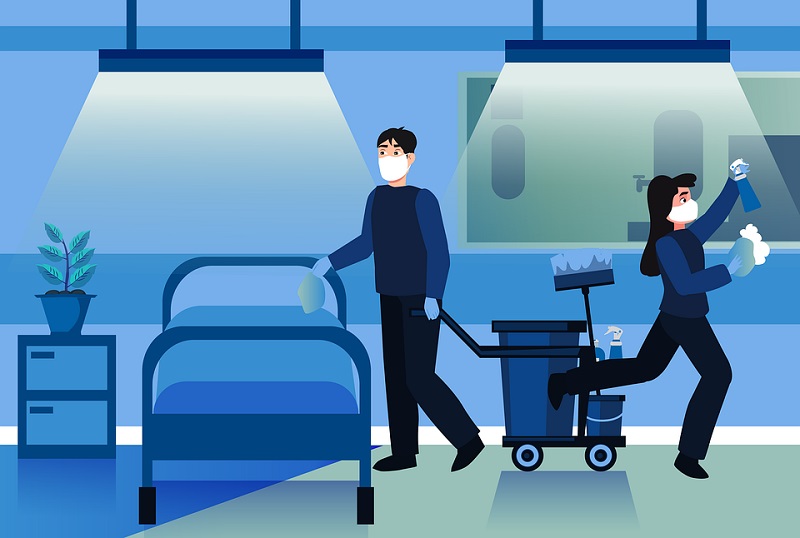According to relevant research, by 2026, the number of medical IoT devices in smart hospitals will exceed 7 million. It is expected that 7.4 million medical IoT devices will be deployed globally, of which more than 3,850 will be deployed in each smart hospital.

The emergence of remote monitoring in healthcare provides an opportunity for network operators to position themselves in the digital healthcare value chain. Smart hospitals generate large amounts of data, which means that the edge computing capabilities provided by network operators are critical to the development of these systems. Successful deployment is critical.
From a forecasted growth perspective, as of 2021, 3.2 million medical IoT devices will be deployed. If the researchers’ predictions are accurate, this would represent a 231% increase. The United States and China are expected to drive the adoption of medical IoT, which is not surprising given their large populations and booming economies.
COVID-19 accelerates remote monitoring
The pandemic has brought increased attention to the healthcare industry, especially in areas where problems and bottlenecks are highlighted. One problem facing many global healthcare systems is a shortage of beds. At the height of the epidemic, around two-thirds of UK hospital beds were occupied by COVID-19 patients. Life-saving tests and treatments have had to be postponed to free up hospital capacity, and clearing the backlog of patients will have to wait until 2026.
Although the UK is currently experiencing a record high daily infection rate (the seven-day average is now 173,261), a successful vaccine rollout, and a variant that appears to be more contagious but less deadly – particularly for vaccinated individuals – Keeping hospitalization rates in the UK low.
In fact, only around 67% of UK COVID-19 patients are being treated primarily for the virus – with around a third of cases discovered after patients have been admitted to hospital for unrelated reasons. However, every COVID-19 patient — even if they are not receiving primary treatment for the virus — needs to be isolated from others to prevent spread to health care workers and other patients. For this reason, many NHS agencies in the UK have declared emergencies, resulting in staffing difficulties as large numbers of staff have to quarantine.
Medical IoT devices can enable remote monitoring of less severe and less contagious patients from the comfort of their homes. This will help ensure there are enough beds for critically ill patients and reduce the need for medical staff in hospitals.
Remote monitoring is key to delivering smart hospital services
Researchers found that adoption accelerated significantly during the pandemic as in-person health care became difficult to provide. This accelerated pace will continue over the next five years as patients adapt to remote monitoring and benefit from proactive management and treatment of health conditions.
Keywords: Alibaba Cloud RTU